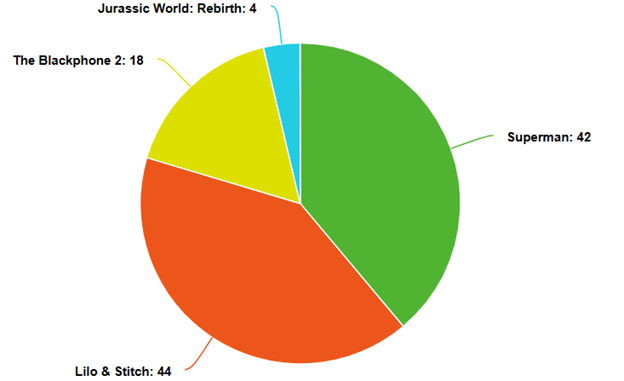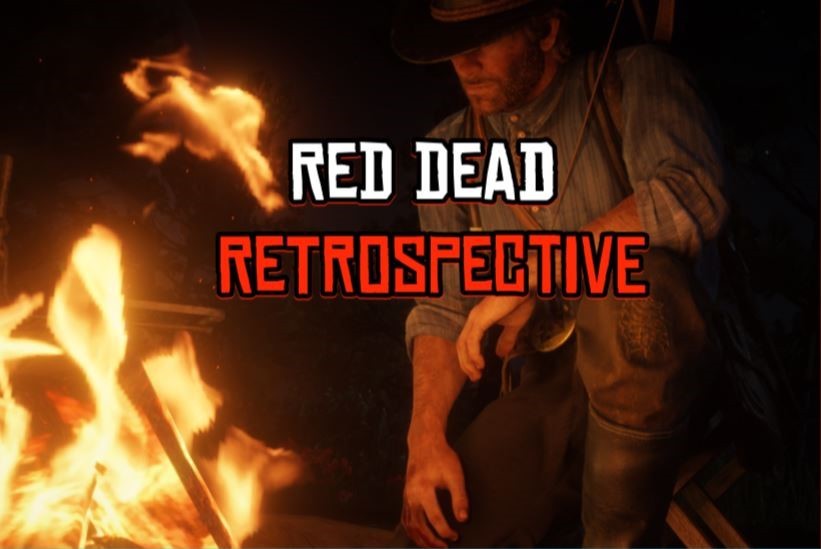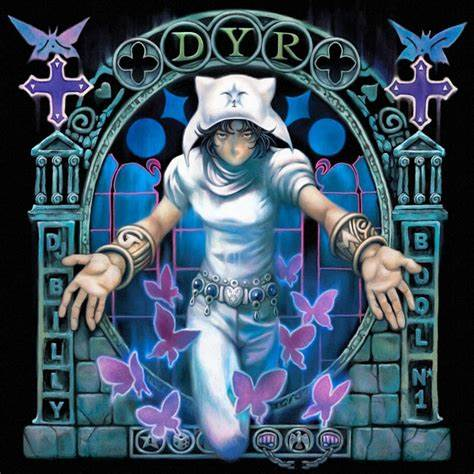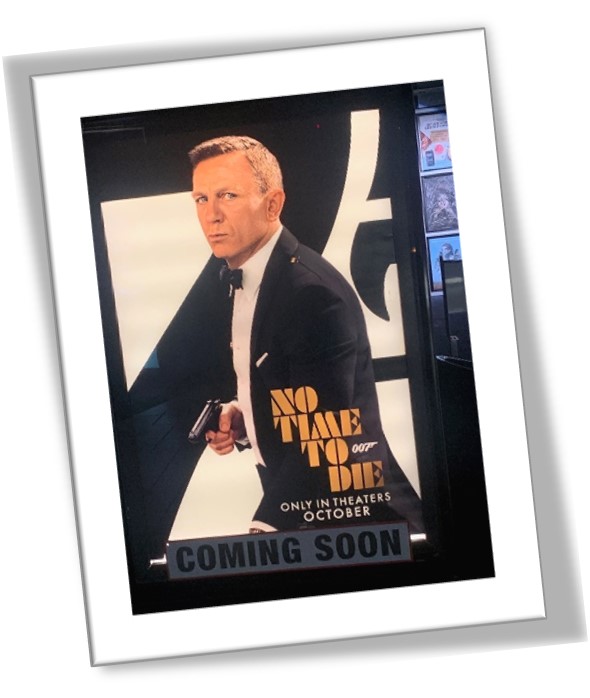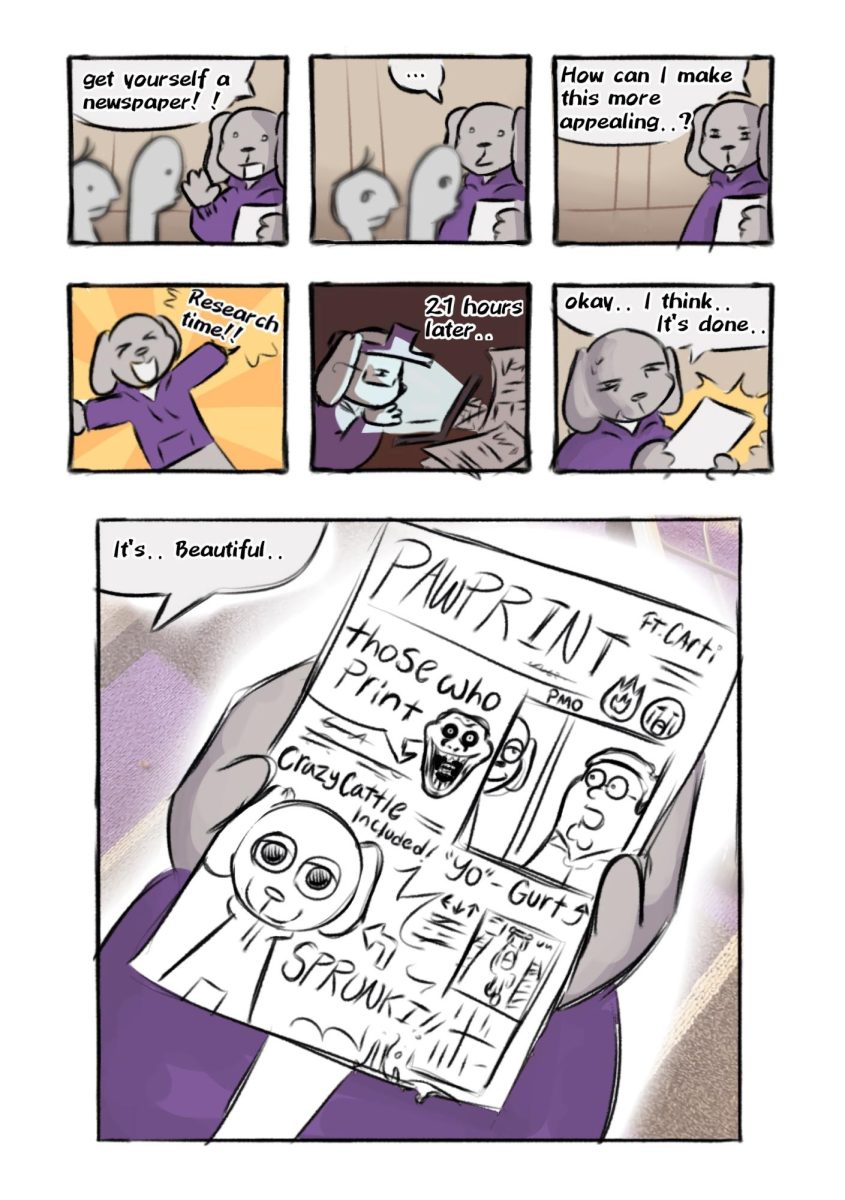No Time to Die sees the jumbled yet graceful conclusion to an era of Bond that has lasted 15 years; Craig’s departure leaves the infamous British spy as more ICON than RELIC
November 4, 2021
Flashback to 2005, when the blond-haired, ocean-eyed Daniel Craig is cast as England’s favorite secret agent. Met with mixed expectations as to what the novice actor could bring to the role, it was a year later in Craig’s first film, Casino Royale, that the newcomer brought Bond to the big screen with a fresh perspective.
Flashforward now after two decades worth of shooting, seducing and sabotaging, where Craig is making his fifth and final appearance as the character.
As Craig’s portrayal adds to a legacy that has lasted 50 years, Bond in the entertainment world has had both peaks and plummets.
Adapted from the acclaimed mind of Ian Flemming, known for his string of Bond Novels, Dr. No was the first Bond story to hit the screen, with Sean Connery playing the suave spy.
Large grossing successes combined with audience approval meant Bond was here to stay.
As Connery aged out of the role and the Bonds of a new age began to come and go, the character’s portrayal leaned more towards deplorable than envious.
A figure that is fueled by his apparent alcoholism matched with his womanizing qualities are the two parts of Bond that seem to follow him wherever he goes. A continuously evolving movie landscape paired with poorly aging tropes made it rough for a character like Bond to survive in the entertainment industry, at least to the standards it had previously held
At the point that Craig was given the reigns to the role, Bond was simply his base traits: a spy who represented nothing notable and was bluntly a toxic model to follow.
It was Craig’s choice to retain these aspects of Bond and combine them with his own style, adding on a darker filter over the agent’s activities, that brought this version of Bond into a respectable light, and into the conversation of whether Connery or Craig is better at playing the super spy.
A look at No Time to Die sees the end of Bonds story, attempting to wrap up many lose ends within its 2 hour and 43-minute runtime.
Coming soon after the events of Spectre, the fourth film in Craig’s Bond franchise, we see Bond yet again living the life of retirement, now with his lady Madeline Swann. His former lifestyle soon comes back to bite him as he is swarmed by enemies amidst his final symbolic farewell to his past of espionage.
A quick title card that reads “5 years later” transitions us to a now-isolated Bond, living on his own in Jamaica, but we are swiftly pulled back into the mystery that tore the bond between Bond and Swann.
Expected from the Englishman, we see Bond go to multiple locations, meet new and old people in the Bond world and attempt to unravel the mystery as to who the big bad is, and what connection he has to his former lover.
No Time to Die does finish as a peak rather than a plummet and there are multitude of aspects of this movie to thank for that.
A sendoff in Craig himself that makes one reflect on what he did to the character and how he made Bond something more than just a silent enforcer, but a man who has a past that comes with baggage.
A work life that leaves scars in body but driven deeper into the heart, Craig’s Bond is expressive of the duality of a man that is ready to be finished but has made a reputation for himself that won’t allow him to rest.
As this serves to be the end of Bond, it equally serves as the end to the many characters that have followed close by him.
In an attempt to include all these individuals along with a plot that could in truth be told only through the lives of Swann and Bond, the plot can begin to feel packed too tight, but is able to just barely squeeze by so that it isn’t too much to take in one sitting
New additions such as Ana de Armas’s Paloma, a quirky and yet awkward agent who is new to the Bond world adds a new perspective into how espionage can be spun into multiple variations, reminding Bond fans of the early Craig Bond and his personal charm.
Familiar faces such as Jeffrey Wright’s Felix, the CIA counterpart to Bond that has dashed in and out of the Bond franchise, brings back the old bones that helped make Casino Royale the hit that it was and establish the Bond we would be seeing for the next few years.
A villain in Rami Malek, noted for his Oscar performance as Freddie Mercury in Bohemian Rhapsody, sees the talent play a poison merchant by the name of Safin, who holds a past to Bond girl Madeline Swann.
Rushing the plot, packing characters into each fold and looking for a convenient way to wrap up Bond’s story makes Safin’s intentions for world destruction feel misplaced.
Malek’s talents still allow the character to seem intimidating at moments, delivering one of the best scenes in the Bond franchise within the opening ten minutes, but ultimately leave the award-winning actor as playing a forgettable Bond baddie.
A sub-par villain, a sight of the new and old in the Bond world and a lead in Craig makes No Time To Die unable to reach the heights of Casino Royale and Skyfall, which have held major successes in their respective releases, but does not fall as deep as Quantum of Solace and Spectre, which are coveted as the 2-black sheep’s of the Craig films.
No Time to Die holds its own space in the Bond world as the conclusion to Craig’s Bond, and in its hopes to make a graceful ending, it mostly sticks the landing, making it a worthy Bond film to add to the 24 that came before it.
A sayonara to Craig makes one hope the next Bond, no matter gender, race, age, height, width or any other characteristic, brings their own flair to the character while paying respects to all the Bonds, James Bonds that came before them.




